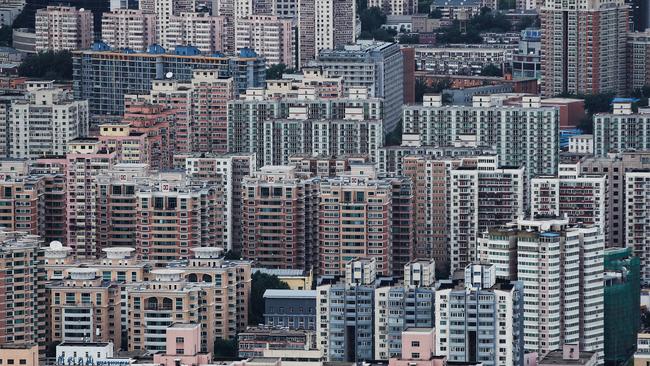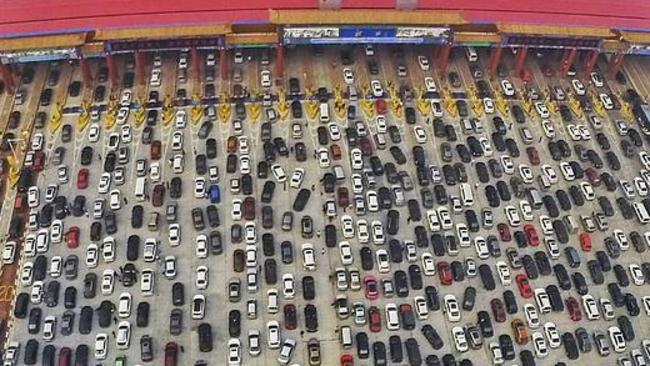Radical plan to cut two million people out of jam-packed city
OVERPOPULATED, overstretched and running out of water: China’s capital is at breaking point, and the government is ordering people out.

HOW do you deal with an overpopulated city and growing strain on transport, water and traffic systems.
If you’re Beijing, you mount a plan to kick two million people out of the centre of the city by 2020, and shut off the power and water if you have to.
And that’s just what is happening in China’s capital, as a city which houses the equivalent (21.7 million people) of almost the entire population of Australia (24 million people) in an area about the size of the state of Victoria hits breaking point.
Beijing’s leaders are shutting down businesses and hoping people will follow under their latest plan to keep a check on population growth.
It’s all part of the government's latest five-year-plan to deal with pollution rates, traffic jams and water supply thanks to an increase in population of up to six million in the past decade.
The economic and social development plan, published earlier this year, is the first time the city has ‘drawn a red line through its population’, according to China Daily.
Broadly, the plan is to cut population and boost infrastructure, the head of Beijing’s planning. Lu Yan said.
Besides the overpopulation, the city also faced other three major pains: traffic congestion, high home prices and a worsening ecological environment, Mr Lu said.
Quite simply, the city is on the brink.
Traffic jams in the city stretch for three hours, and there is now a heavy-handed push to cap the population at 23 million and shrink the urban centre by 15 per cent by 2020, pushing out about two million people, according to a Wall Street Journal report.

Since last year, the Beijing government has started its push to send businesses to the province of Hebei, about 250km away, forcibly closing down businesses to do so.
About 150 markets have been shut by the city’s leaders, which aims to have all ‘wholesale’ or ‘low-end’ markets out of the city centre by 2020.
Another 174 factories have been relocated since the start of 2016, and Mr Lu has indicated the pace is set to pick up, saying he wants a drop in Beijing’s population by the end of the year.
Hebei has long been pinpointed by city planners, economists and officials as an option to relieve Beijing as a city groaning under the pressure.
Traffic is almost at a standstill: rush hour for the city’s 5.6 million cars lasts three hours on a normal working day.
In the lead-up to the Beijing Olympics in 2008, many factories were relocated to Behebi to ease pollution concerns in the city, the steel mills now a testament to that area’s growing population, as well as its escalating pollution levels.
And many Beijing locals are quietly fighting the moves to push them to relocate.
Some business owners whose markets have been shut down opt to sell their goods online rather than move to Hebei. Some have mounted legal challenges to the closures.
Others, if they find the power and water cut off where they used to trade, they just move elsewhere in the city.
Among them is Ms Ning, who told The Washington Post she had no interest in relocating her business, and lifestyle.
She has been able to secure a Beijing ‘hukou’ the registration document which aligns people’s social benefits to their place of birth — for her teenage son, giving him the right to be educated and receive healthcare in Beijing.
“My whole family is here. My home is here,” she said.
“I am not going anywhere.”



